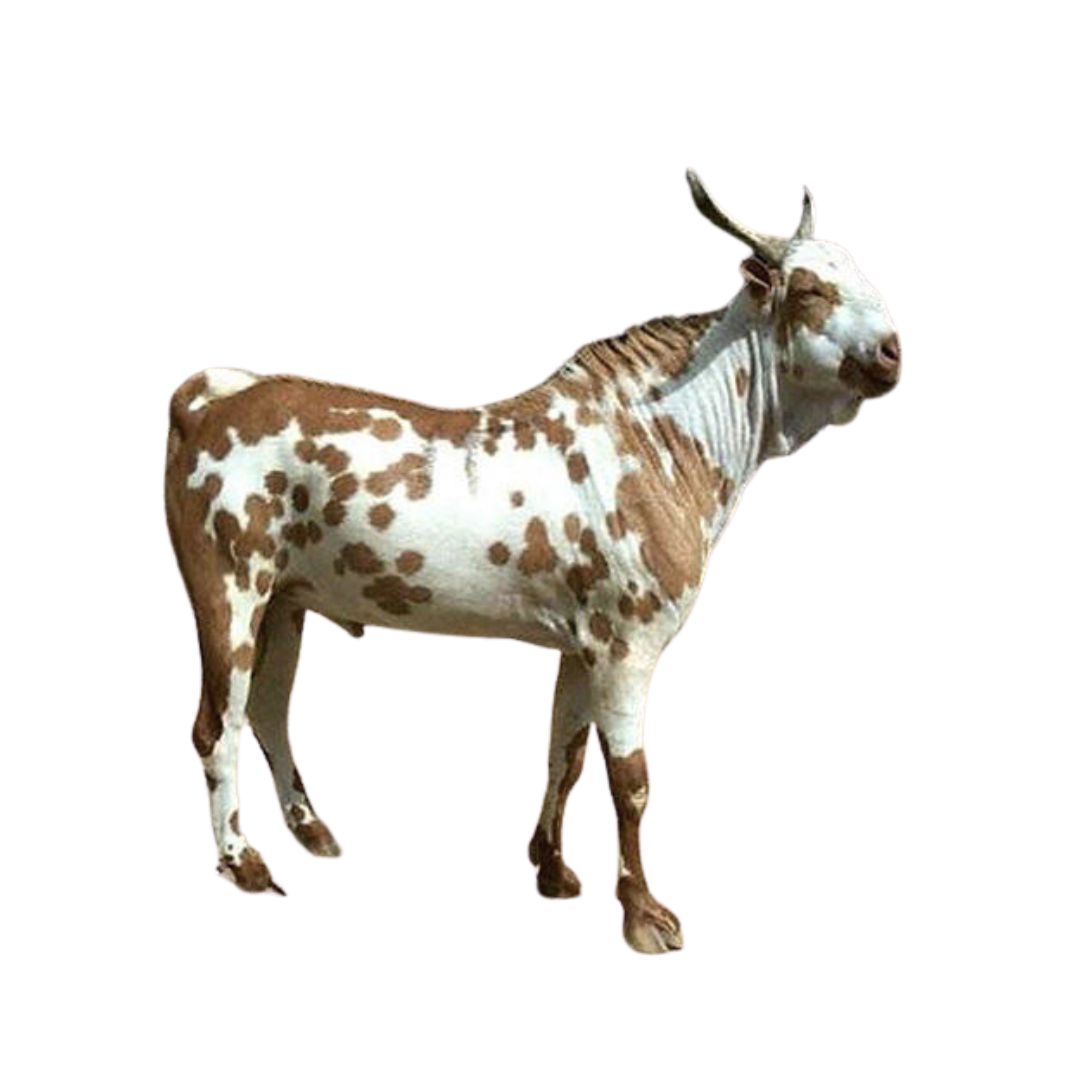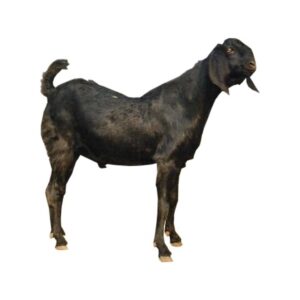Description
Physical Characteristics:
- Size: Small to medium
- Coat: Short, fine, and glossy
- Color: Predominantly white with light brown or black markings
- Ears: Small to medium-sized, semi-pendulous
- Horns: Usually present, small to medium in size
Adaptability:
Barbari goats are renowned for their adaptability to various climates, including arid and semi-arid regions. They can thrive in diverse agro-climatic conditions.
Breeding Characteristics:
- Fertility: High reproductive rate
- Twinning Rate: Commonly gives birth to twins
- Maternal Instinct: Strong nurturing instincts
Milk Production:
While primarily raised for meat, Barbari goats also exhibit good milk production. The milk is rich in nutrients, making them valuable for dual-purpose farming.
Meat Quality:
Barbari goats are highly prized for their meat, known for its tenderness, flavor, and low fat content. The breed’s adaptability to different forages contributes to the quality of its meat.
Disease Resistance:
Barbari goats are generally hardy and resistant to common goat diseases. Their robust health minimizes the need for extensive veterinary interventions.
Economic Significance:
- Meat Production: Barbari goats are a preferred choice for meat production due to the quality of their meat.
- Livelihood Support: Many farmers, especially in northern India, rely on Barbari goats for income and livelihood.
Conclusion:
The Barbari goat, characterized by its small to medium size, adaptability, and economic importance, plays a vital role in the livestock industry. Whether for meat production or as a dual-purpose breed, the Barbari goat continues to contribute to sustainable agriculture and rural livelihoods.



Reviews
There are no reviews yet.